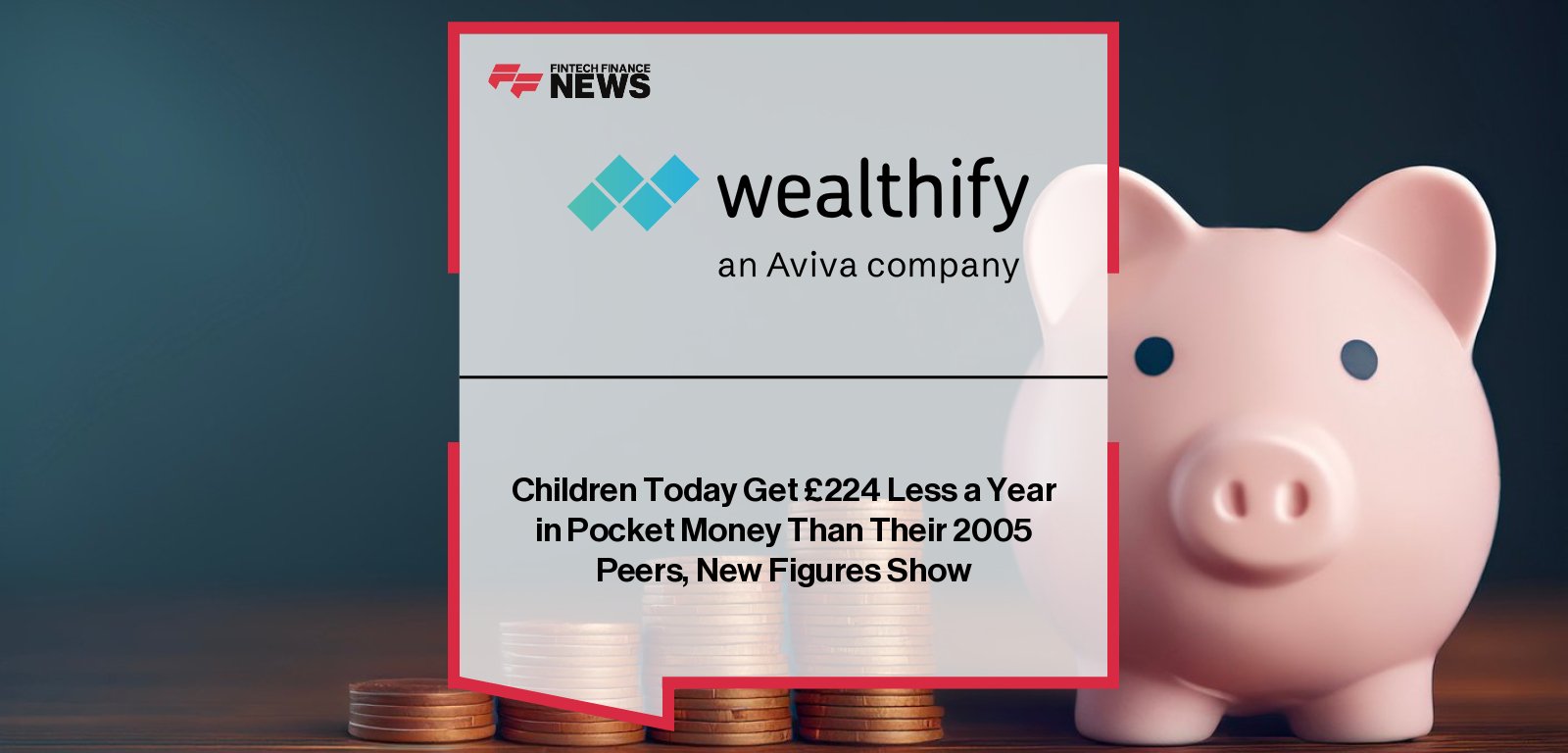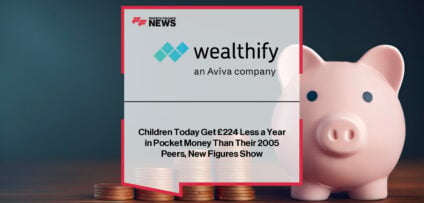Breaking News

Children Today Get £224 Less a Year in Pocket Money Than Their 2005 Peers, New Figures Show
For many children, pocket money is their first step towards financial independence, giving them a chance to make their own decisions about saving and spending. But new analysis from Wealthify shows that allowances peaked almost 20 years ago and have been in long-term decline ever since, leaving today’s children with less money of their own than their peers in the mid-2000s.
Wealthify analysed average weekly pocket money over the past two decades and found that the amount peaked in 2005, when children were given an average of £8.37 a week — the equivalent of £435.24 a year. By contrast, today’s figure stands at £4.06 a week, or £211.12 a year. That means today’s children are receiving £224.12 less than their peers in 2005, despite the cost of living rising significantly since then, meaning that pocket money doesn’t stretch as far as it used to.
The decline in pocket money payments began soon after the 2005 peak, and by 2010, the average amount had already dropped by over 30%, falling to £5.89 per week (£306.28 per year). Throughout the 2010s, pocket money fluctuated but never returned to its mid-2000s level. In 2019, children received £7.71 a week (£400.92 a year) — the high point of that decade, but still nearly 8% lower than in 2005.
The most significant changes have occurred in recent years. In 2020, pocket money reached £7.55 a week (£392.60 a year), close to pre-2010 levels. Two years later, in 2022, pocket money had fallen to £4.99 a week (£259.48 a year), dropping 34% in only two years. Today, it has fallen further to £4.06 a week, the lowest it has been since 2001, and 46% lower than in 2020.
|
Year |
Average weekly pocket money (£) |
Average yearly pocket money (£) |
|
2000 |
£3.60 |
£187.20 |
|
2001 |
£2.81 |
£146.12 |
|
2004 |
£7.82 |
£406.64 |
|
2005 |
£8.37 |
£435.24 |
|
2007 |
£8.01 |
£416.52 |
|
2010 |
£5.89 |
£306.28 |
|
2012 |
£5.98 |
£310.96 |
|
2013 |
£6.50 |
£338.00 |
|
2015 |
£6.20 |
£322.40 |
|
2016 |
£6.55 |
£340.60 |
|
2017 |
£7.04 |
£366.08 |
|
2018 |
£7.01 |
£364.52 |
|
2019 |
£7.71 |
£400.92 |
|
2020 |
£7.55 |
£392.60 |
|
2021 |
£6.48 |
£336.96 |
|
2022 |
£4.99 |
£259.48 |
|
2023 |
£5.00 |
£260.00 |
|
2024/25 |
£4.06 |
£211.12 |
This trend suggests that while costs for families have continued to rise, children’s pocket money hasn’t kept pace — this in turn reduces the financial independence it provides, making it harder for children to practise managing their own finances.
Jessie Kwok, Chief Investment Officer at Wealthify, comments:
“Pocket money has always been more than just spending money for sweets and toys; it is often a child’s first experience of making financial decisions for themselves.
The fact that allowances have been falling for years means that children today are not only getting less than their peers two decades ago, but also fewer opportunities to practise those early money management skills.
Parents can make a big difference by giving pocket money where possible and encouraging their children to save a little each week, showing how even small amounts can add up over time.”
People In This Post
Companies In This Post
- Business Show Media, Organizer of the World’s Largest Business Events, Reimagines the White Label World Expo for an Exciting New Era Read more
- The Finalists Announced for the 2025 FF Awards Read more
- How the New Generation of Digital Wallets Will Upend Fintech Read more
- EXCLUSIVE: “‘Shadow Boxing'” – Rajul Sood, Acuity Knowledge Partners in ‘The Fintech Magazine’ Read more
- Vennre Builds Wealth Tech Platform Read more



















